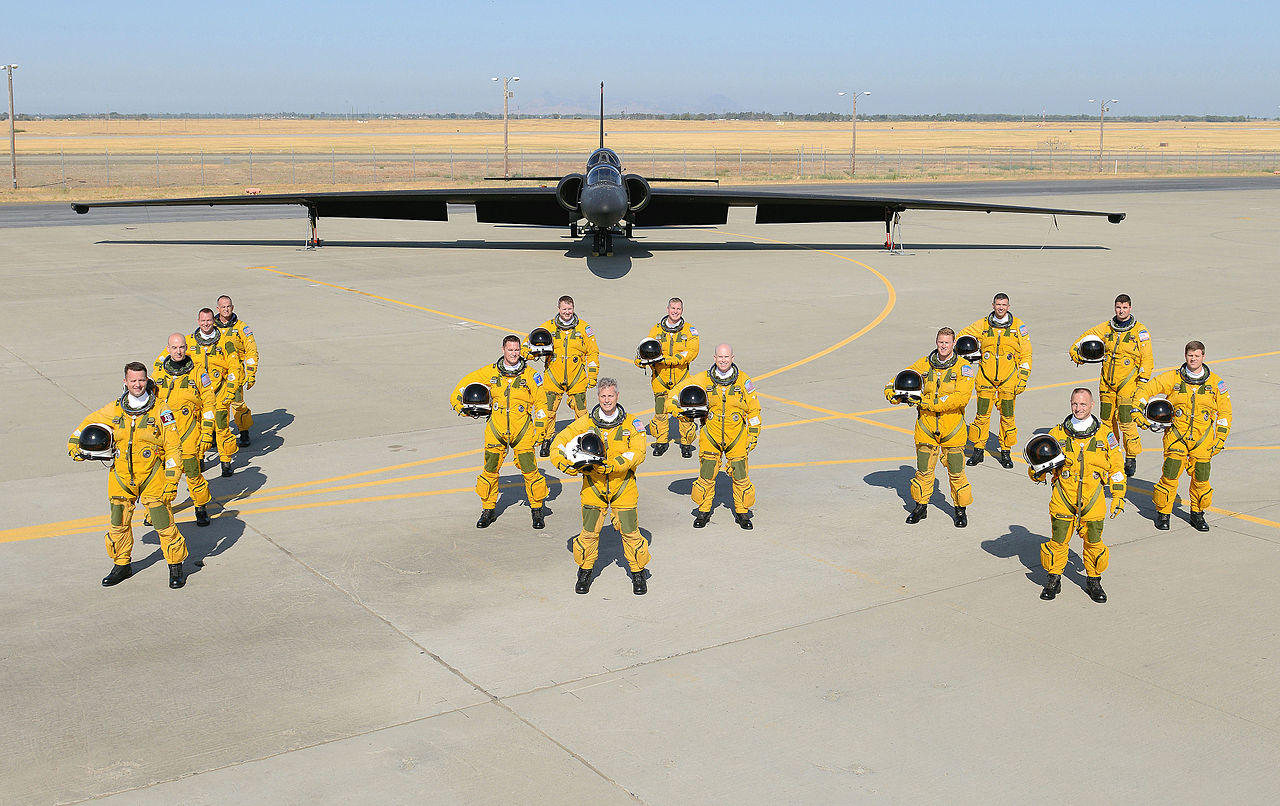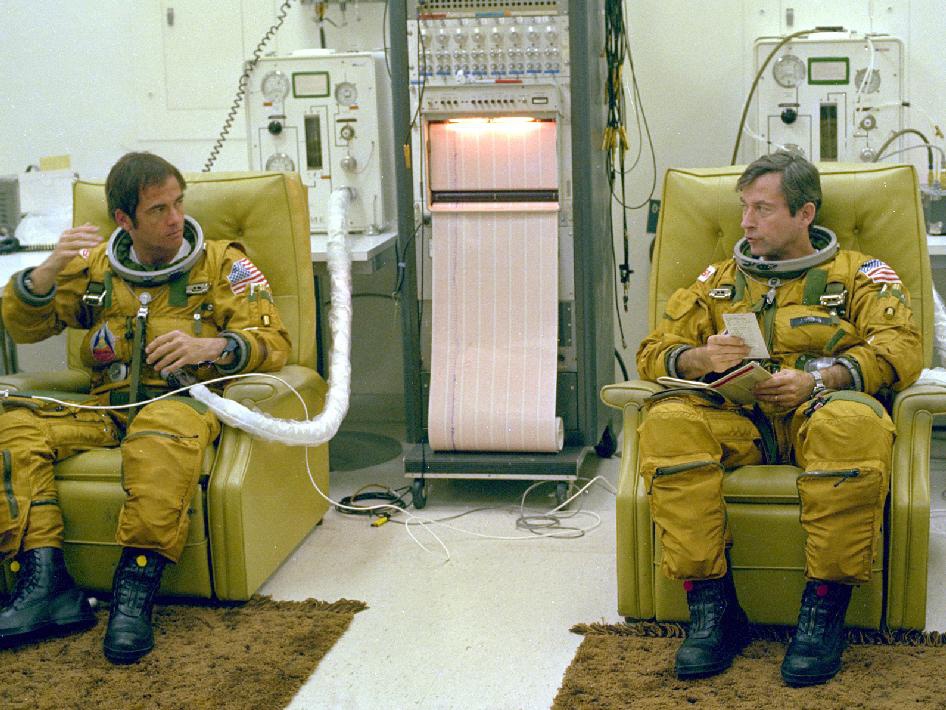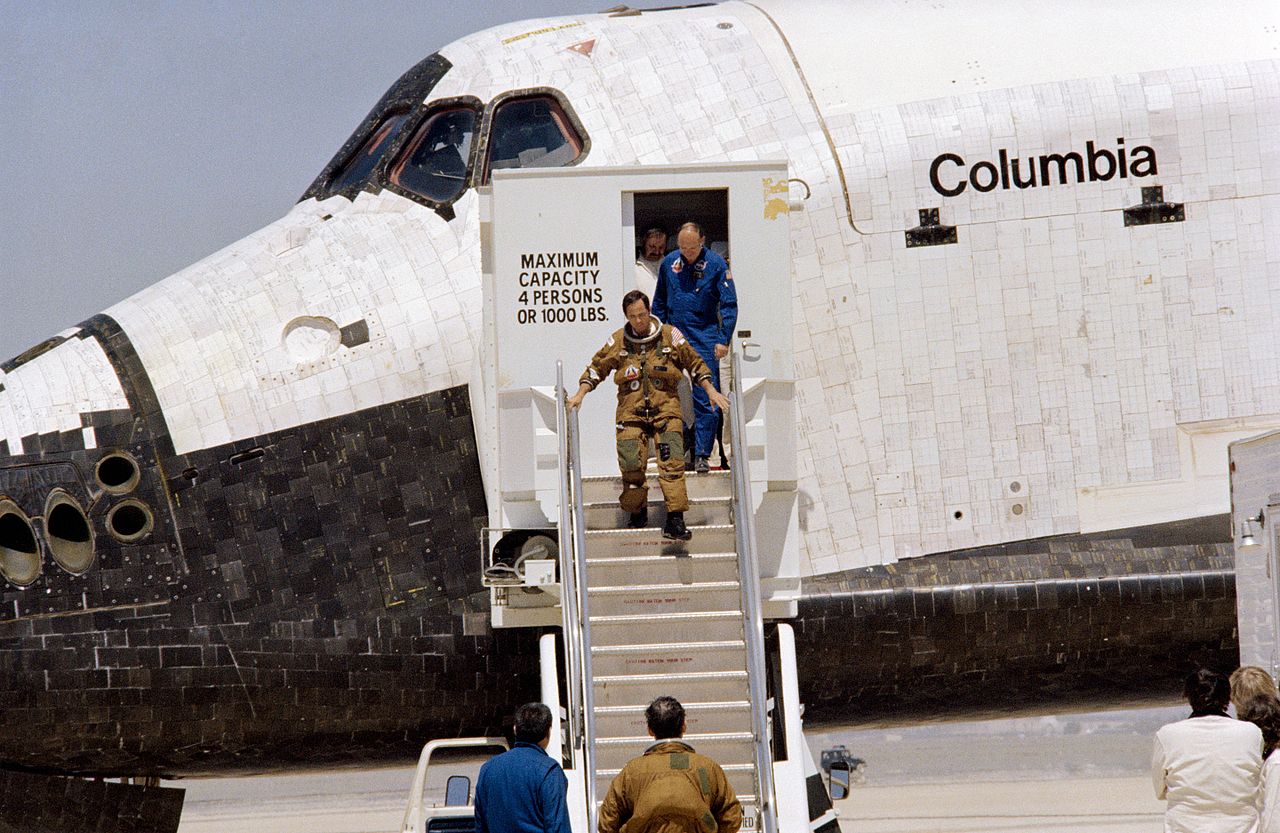A flaw was found in the batch of suits NASA was producing for the pilots before the launch of Columbia on the first shuttle mission (STS-1).
Since 1941, the David Clark Company has led the way in the design, research, and production of air and space crew safety equipment, producing everything from space suits to anti-G suits.
Pilots of different high-altitude aircraft, such as the F-4, F-15, XB-70, HL-10, X-24, U-2, and SR-71 Blackbird, have worn Standard Full-Pressure Suits made available by the company.
Early 1980s efforts to create a standard single suit that could be worn by both SR-71 and U-2 crews resulted in the S1031C suit, which gradually replaced earlier outfits.
‘NASA had to borrow some space suits from the U-2 program for the first shuttle mission,’ says Damien Leimbach, former Avionics Technician at U.S. Air Force (2001-2007), on Quora.
‘The David Clark company builds space suits for NASA, but they also build the iconic yellow pressure suits that the U-2 and SR-71 program uses.

‘The program calls them “pressure suits” since they don’t actually fly to space, but they are essentially the same suits that the David Clark company made for NASA.
‘Prior to the first shuttle mission (STS-1), the launch of Columbia, there was a defect detected in the batch of suits NASA was making for the pilots to use. Since the maiden flight of the shuttle mission was also its first real test flight, there was only two crew, a pair of pilots, for that mission.
‘However the suits were not going to be fixed in time, so NASA called up Beale AFB and said “Hey, we need to borrow a pair of space suits.”
‘And that’s why the crew pictures from the first shuttle mission show the pilots wearing yellow suits (high visibility to easily see downed pilots) instead of the iconic NASA white.

‘I mean, without the NASA patches, you wouldn’t know these guys weren’t SR-71 or U-2 pilots.’
Finally, Leimbach says;

‘You can even see the green velcro patches on the thighs where U-2 pilots put their notepads and map boards.’
Beginning in 1996, the U-2R’s predecessor S1031 Pilots Protective Assembly (PPA) was replaced by the David Clark Company Model S1034, which is still in use today. The NASA ER-2 and WB-57F platforms have both adopted it for use.
Photo by NASA and U.S. Air Force

